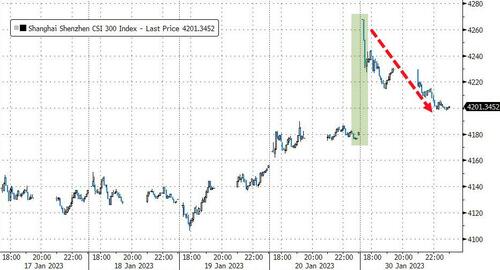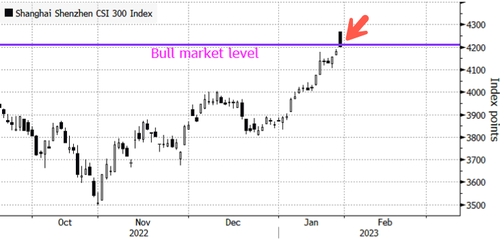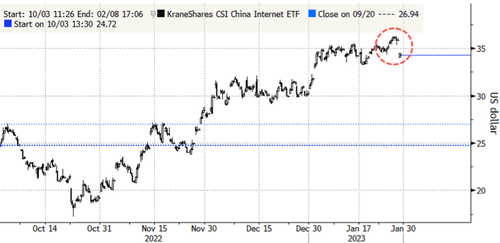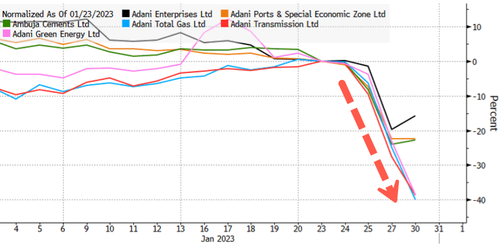
On Friday, the city of Memphis, Tennessee, released footage of five cops killing Tyre Nichols. The video is as appalling and heartbreaking as expected. (You know it’s outrageous when even the National Fraternal Order of Police couldn’t muster a defense.) The video shows the officers senselessly beating Nichols, who was ostensibly pulled over on a traffic stop, as the 29-year-old is utterly defenseless and compliant with their demands (at least, when these demands weren’t completely impossible or contradictory).
Now comes the part of the cycle where everyone calls for reforms.
It’s hard to look at a situation like this and think that anything could make a difference. Many popular reform ideas—hire more black cops, make police wear body cameras, give them better gun training, ban the use of chokeholds—aren’t applicable. (The cops were black, they were wearing cameras, and they killed Nichols without using a chokehold or firing a bullet.) Perhaps policing just attracts psychopaths. Perhaps the culture of policing is just so bad that it turns ordinary men into monsters. Neither of those options seems like a problem fixable through mild reforms.
But there are a few specific changes that could make a difference.
Get rid of secretive “elite” policing units like the SCORPION squad. The officers who killed Nichols were part of Memphis’ “Street Crimes Operation to Restore Peace in Our Neighborhoods” (SCORPION) squad, which was tasked with swarming crime “hot spots” and making pretextual traffic stops in order to try and stop or investigate serious crimes. “The SCORPION program has all the markings of similar ‘elite’ police teams around the country, assembled for the broad purpose of fighting crime, which operate with far more leeway and less oversight than do regular police officers,” writes Radley Balko:
Some of these units have touted impressive records of arrests and gun confiscations, though those statistics don’t always correlate with a decrease in crime. But they all rest on the idea that to be effective, police officers need less oversight. That is a fundamental misconception. In city after city, these units have proven that putting officers in street clothes and unmarked cars, then giving them less supervision, an open mandate and an intimidating name shatters the community trust that police forces require to keep people safe.
Units like these don’t just suffer from a lack of transparency and use tactics likely to spawn violence. Their rhetoric attracts “police officers who enjoy being feared,” Balko notes, and it positions these officers as both elite and beyond the normal rules. There are all sorts of horror stories about similar units, such as Detroit’s STRESS unit (“Over a two-year period, the units killed at least 22 people, almost all of them Black”) or Los Angeles’ CRASH unit (“More than 70 officers were implicated in planting guns and drug evidence, selling narcotics themselves and shooting and beating people without provocation”).
Memphis has now disbanded the SCORPION squad. Let’s hope it stays disbanded. And let’s hope other cities follow suit.
Reduce the role of policing. The group DeCarcerate Memphis is calling for not just disbanding units like the SCORPION squad but getting cops out of traffic management in the first place and ending the use of unmarked cop cars. “These non-reformist reforms reduce the role and power of policing, rather than simply changing the colors of the people committing the harm,” writes Guardian columnist Derecka Purnell.
Stop buying police propaganda. The initial Memphis Police Department statement about Nichols’ death bears little resemblance to the horror and brutality that five officers actually visited upon him. Here’s how the department described the situation at first: “a confrontation occurred,” and “afterward, the suspect complained of having a shortness of breath.”
How many police press releases will be written up as fact -no caveats and no scrutiny – by journalists across the country tonight? tomorrow? next week? https://t.co/se6VGhKqTN
— Wesley (@WesleyLowery) January 28, 2023
This is far from the first time that police have drastically misrepresented the way things went down before surveillance footage or body camera videos showed that they weren’t telling the truth. To distill this to its essence: Police lie. They lie to protect themselves. They like to give their activities a more noble sheen. They lie to dehumanize those they arrest or aggress against. And yet members of the media often take cops at their word and move on.
Reporters routinely cite information from police press conferences or statements as the simple reality of a situation, with no questions asked, no corroboration, and no outside voices quoted. We see this not just in cases of police brutality, but in reporting on routine police stings and operations. (One area where I frequently see this is with “human trafficking stings.”)
People in general, and especially media, really need to stop taking police officers at their word. That doesn’t mean members of law enforcement are never telling the truth. But there’s no reason to believe they are more truthful than your average self-motivated individual. If people would stop placing a premium on police versions of events, it could, in some small way, help dismantle the conditions under which police feel they can get away with whatever they want.
End qualified immunity. Another big thing empowering police to do what they want without fearing consequence is the doctrine of qualified immunity. Police need to know that they will face legal consequences when they do wrong.
FREE MINDS
Minnesota to enshrine reproductive freedom in state law. Minnesota’s Protect Reproductive Options (PRO) Act has been passed by both legislative chambers and is on its way to the state’s Democratic governor for a signature.
The measure stipulates that “reproductive freedom” is included in the Minnesota Constitution’s protection of individual liberty, personal privacy, and equality, and it states that “every individual who becomes pregnant has a fundamental right to continue the pregnancy and give birth, or obtain an abortion, and to make autonomous decisions about how to exercise this fundamental right.” It also prohibits any local governments in Minnesota from “regulat[ing] an individual’s ability to freely exercise the fundamental rights set forth in this section in a manner that is more restrictive than that set forth in this section.”
“California, Vermont and Washington also guarantee the right to a broader spectrum of reproductive health care options,” notes Minnesota Public Radio.
FREE MARKETS
The war on “accessory dwelling units” (ADUs). Small living quarters built behind or near existing houses can help keep aging loved ones near, among other benefits. “Accessory dwelling units—also known as in-law suites, granny flats, casitas or guest cottages—come in many forms,” reports The New York Times.
They can be free-standing or attached to the main house on the property they share; they can be apartments in basements or atop garages. An A.D.U., which is typically 600 to 1,000 square feet, has a bathroom, a kitchen or kitchenette, and, usually, a separate entrance.
Its function can change over the decades. A rental that generates income for young homeowners might later become a refuge for returning young adults, then become a way for older homeowners to defray housing costs and remain in their neighborhoods.
In an aging nation, an A.D.U. makes particular sense for people in their 60s and up who don’t want to move and will need nearby caregivers, either family members or hired aides.
But zoning rules and other laws in many cities make these sorts of arrangements difficult to impossible. More here.
QUICK HITS
• Former president Donald Trump is still pushing lies about the 2020 election as he starts his 2024 campaign.
• “Gov. Spencer Cox of Utah signed a bill on Saturday that blocks minors from receiving gender-transition health care, the first such measure in the country this year in what is expected to be a wave of legislation by state lawmakers to restrict transgender rights,” reports The New York Times. “The law prohibits transgender youth in the state from receiving gender-affirming surgery and places an indefinite ban on hormone therapy, with limited exceptions.”
• Ani Huang, president and CEO of the Center On Executive Compensation and senior vice president of HR Policy Association, criticizes the Federal Trade Commission’s proposal to to completely ban non-compete agreements, broadly defined.
• U.S. weapons left behind in Afghanistan are turning up in Kashmir.
• Another Tesla car has spontaneously caught on fire.
The post The Most Popular Police Reforms Can't Stop the Next Tyre Nichols From Being Killed. Here's What Might. appeared first on Reason.com.
from Latest https://ift.tt/F7B3K9p
via IFTTT

















